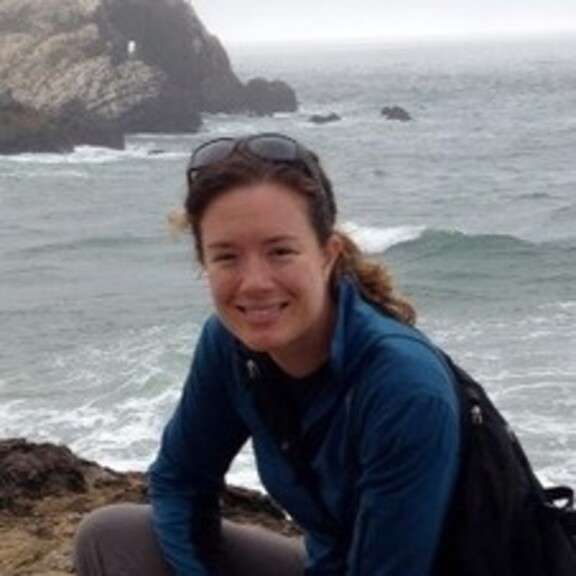
Alessondra Springmann
Alessondra Springmann, better known as "Sondy", is a rocket scientist studying asteroids and comets in the PhD program at the University of Arizona's Lunar & Planetary Laboratory in Tucson, Arizona. She has a bachelor's in Astrophysics from Wellesley College and a master's in Earth & Planetary Science from MIT. She spent two years working at Arecibo Observatory in Puerto Rico studying asteroids with radar. No stranger to asteroid and comet data from the perspective of optical lightcurves, infrared spectra, and radar, Sondy has also studied Saturn's rings, exoplanets, Pluto, the Kuiper Belt, and extragalactic radio sources by way of variety.
Sondy has won awards for teaching and public speaking, bringing complex ideas to a variety of audiences. She's worked for NASA and JAXA as a researcher, and her work has taken her to Ghana, Japan, Chile, and the Middle East.
In her free time, Sondy also enjoys sailing and hiking, as well as herding cats.
Sondy can be reached at [email protected], sondy.com, or @sondy on Twitter.
Latest Articles
Talking to spacecraft is a normal occurrence at Arecibo Observatory, but sometimes the nuts and bolts are a little unconventional.
Early in the morning on January 13, 2014, a 6.4 magnitude earthquake struck beneath the Atlantic Ocean north of Puerto Rico, damaging Arecibo Observatory, the world’s largest single-dish radio telescope. The telescope is now operational after repairs and scientists have resumed observations. However, the future of Arecibo Observatory remains unclear due to funding uncertainties in the federal budget.
Arecibo Observatory is known for its 1000-foot diameter telescope and its appearances in Goldeneye and Contact. Aside from battling Bond villains and driving red diesel Jeeps around the telescope (grousing at the site director about the funding status of projects is optional), several hundred hours a year of telescope time at Arecibo go toward radar studies of asteroids.


 Explore Worlds
Explore Worlds Find Life
Find Life Defend Earth
Defend Earth




